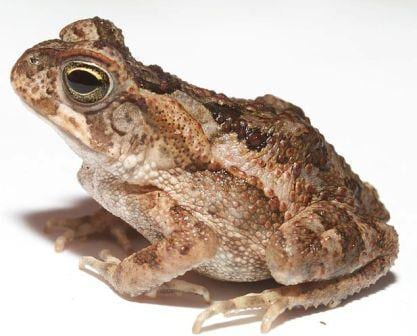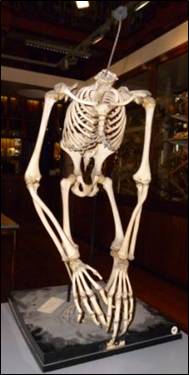How To: Beat a Shark in a Fight
By Emma-Louise Nicholls, on 2 January 2014
How To: Beat a Shark in a Fight
Let’s not pussyfoot around with some measly small-spotted catshark or krill sucking basking shark. Let’s dive straight into the deep end and talk about the legend… the great white shark. Should you ever find yourself face to face with one of the most awe-inspiring predators in the world with no way out, here are some handy tips on how to beat a shark in a fight.
Great white sharks have very sensitive snouts. The snout is covered in tiny pits called ampullae of lorenzini which if you get close enough, look like little black dots. These pits are filled with a jelly-like substance that allows the shark to sense electromagnetic fields given off by muscle contractions. Short of stopping your own heart and being stiller internally than a corpse, the best way to work around this ‘sixth sense’ of the great white shark is to over stimulate the ampullae of lorenzini by rubbing them. In smaller species, divers have discovered they can place sharks in a state of ‘hypnosis’ which they call tonic, by rubbing these pits. The shark becomes motionless and can even be manipulated in the water. So, work your best massage skills on the nose of the great white shark and it might put its lights out long enough for you to make a dash for it. (more…)
 Close
Close







